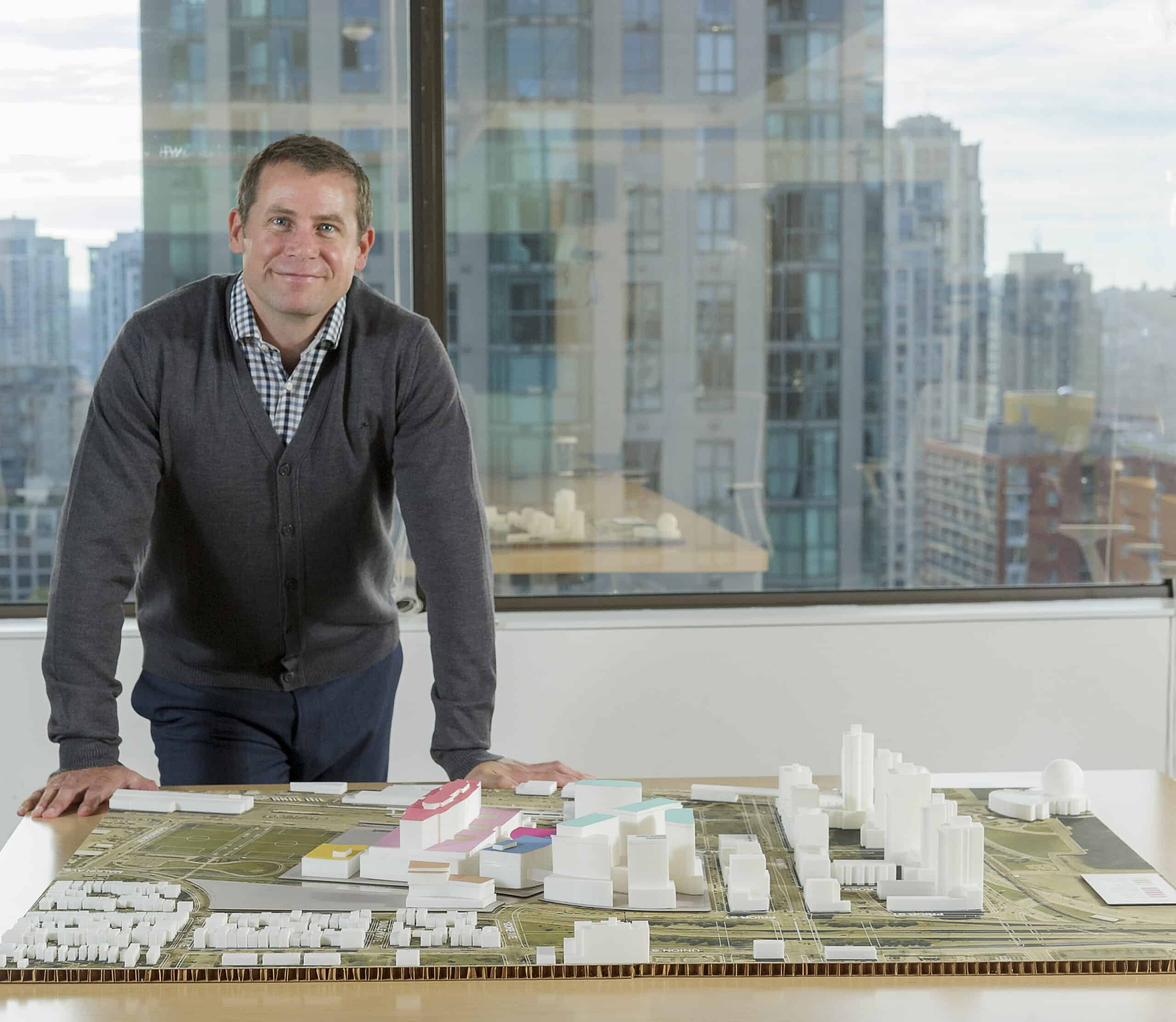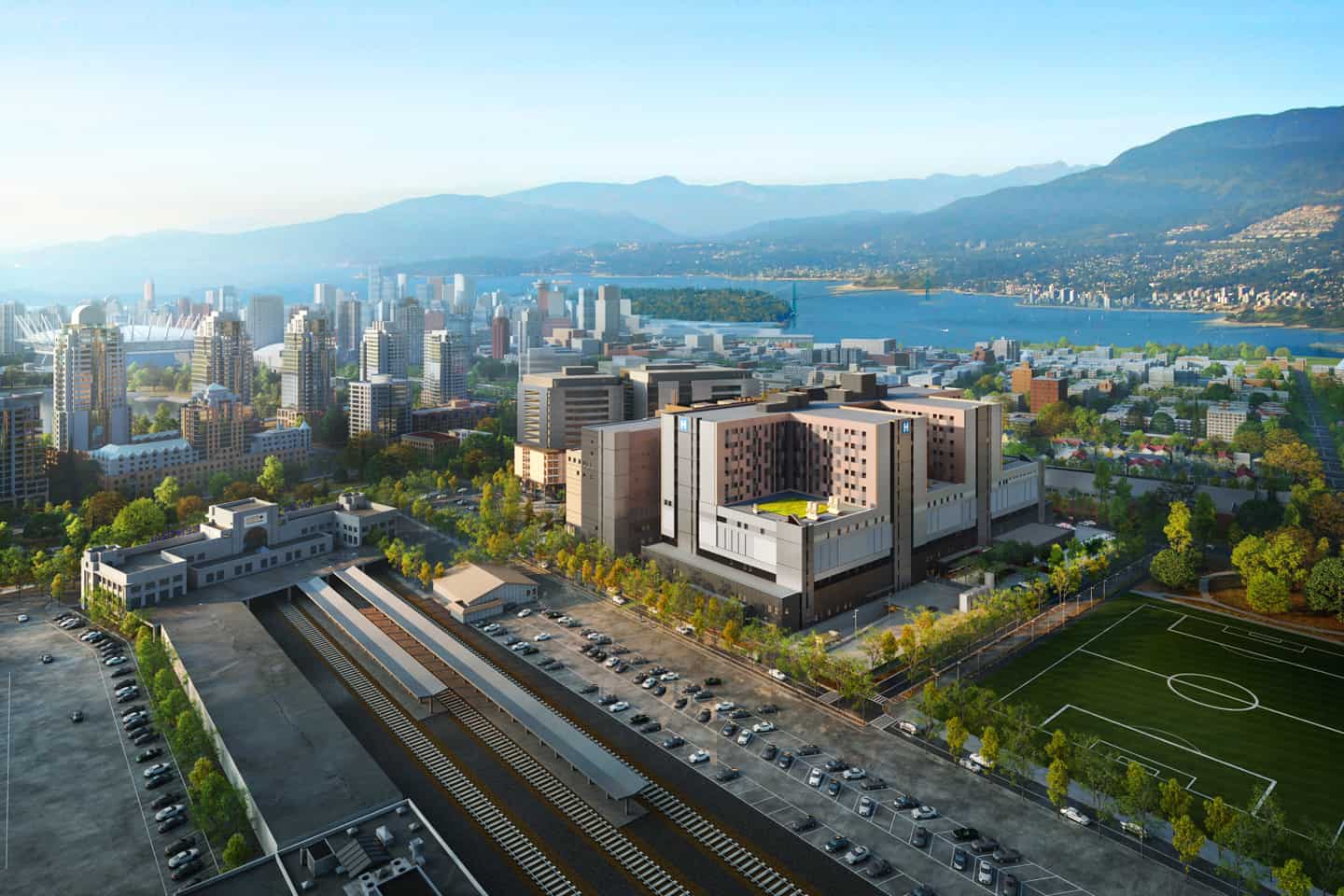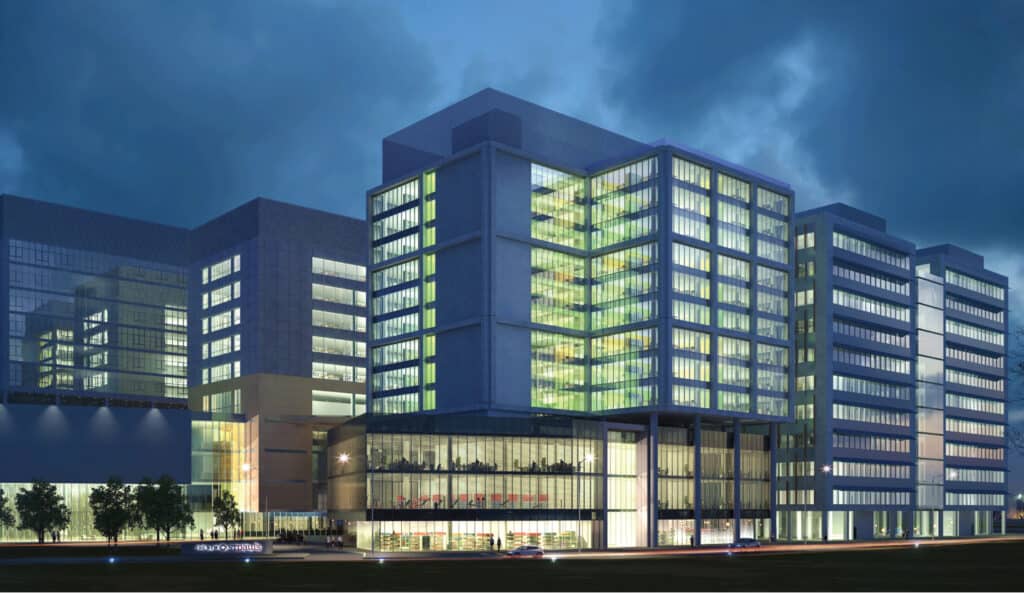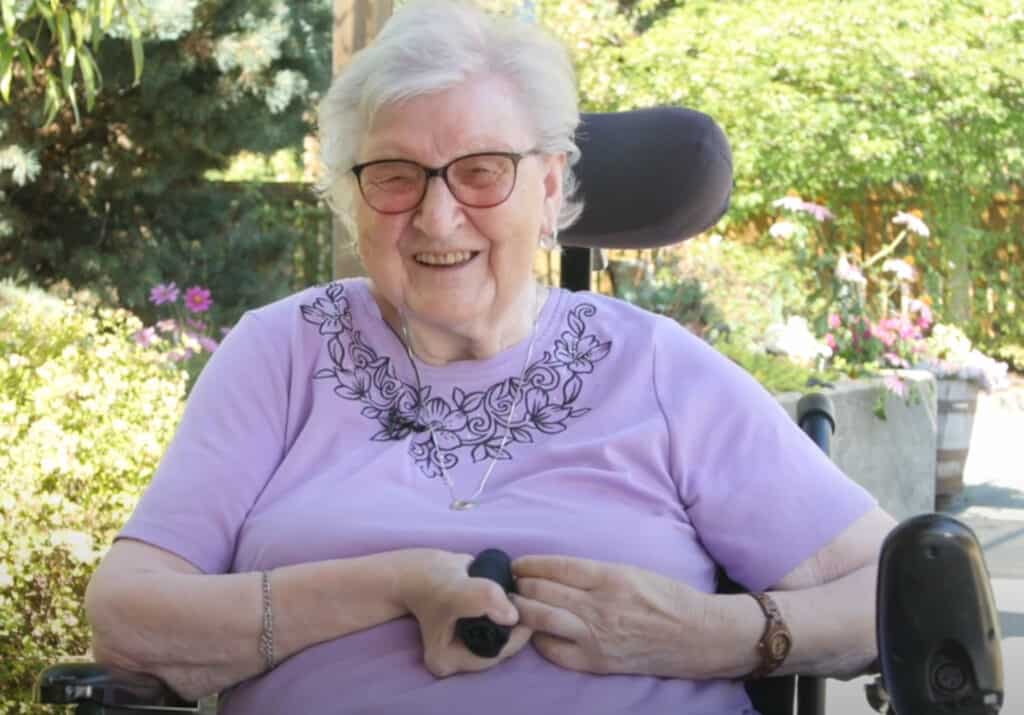Published Promise 2021
The timing of the new St. Paul’s Hospital at the Jim Pattison Medical Centre could not be better. In the wake of the pandemic, we’ve learned so much about how to protect our most vulnerable patients and residents. We’ve seen the urgent need for a truly pan-provincial care model. And we’ve honed our ability to pivot in response to fast moving priorities. Throughout Providence Health Care (PHC), these learnings are improving care today, and they’re being baked into the design of the new hospital.
We learn from listening
For Dr. Jeff Pike, everything about the new St. Paul’s starts with the question: What does it truly mean to be patient-centred? Dr. Pike is an orthopedic surgeon at St. Paul’s and the physician lead for the new St. Paul’s Redevelopment Project. He’s tasked with making sure the new hospital can meet the current – and future – needs of our patients, staff, and community.
“Over the last six years, I’ve been involved in thousands of hours of talks with everyone from frontline staff, to cleaning staff, to our CEO,” he says. “The new hospital will reflect all of those perspectives.”

For Pike, a key goal is making sure we assemble the tools and resources to address critical gaps in patient care. “People are living longer with chronic, multiple conditions: kidney disease and diabetes, COPD and heart disease, substance use and mental health issues. The more complexities people have, the harder the system is to navigate.”
He uses his own speciality as an example. “It’s not enough to treat a patient’s shoulder pain. We have to consider the patient’s general health, mental health, other areas of pain, and lifestyle.” And we have to ask the patient what she wants from her treatment: to play tennis or to play with the grandkids? “This is where the new St. Paul’s will truly move the dial,” Pike says.
We’ll accomplish this by leveraging what Pike calls the “super-specialization” of medicine: the trend of health care professionals to focus on very specific areas of care. “The new St. Paul’s will facilitate patient-centred care by integrating that super-specialized expertise into our teams so we can treat the whole person.”
Pike points to the now-widespread use of telehealth and video conferencing as a way for teams at St. Paul’s to work seamlessly with care providers province-wide. “This will bridge the gap between the acute care provided in the hospital and the primary care people get in their communities.”
It’s all about that space, ‘bout that space
Tanya Campbell spent much of her career in the ED as an emergency clinical nurse leader. She’s brought that unique lens to her role with the new St. Paul’s redevelopment team.
“I’ve worked at St. Paul’s for more than 20 years,” she says. “For me, this is about taking something that’s already great and creating something even better.” Not surprisingly, Campbell is especially enthusiastic about the sweeping changes coming to the new Teck Emergency Department.
“In the current model, you’re seen based on the severity of your problem,” Campbell says. “You may be moved multiple times as more acute patients arrive, or because the exam space you’re in doesn’t have the equipment to treat you. It’s inefficient and it promotes silos.”

The new design uses a “pod” model. Each pod is like a mini emergency department staffed with its own integrated health care team. Almost any treatment you might need can be done in the pod, even defibrillation. Your care team stays with you (and the other pods in your cluster) until you’re discharged or admitted. “This provides much better communication, infection control, and efficiencies for staff and resources.”
Campbell notes that this model will also enhance privacy and compassion for people in crisis. For example, most of the ED treatment spaces have walls and doors, rather than curtains. “There’s also a separate emergency area with its own entrance for patients who need stabilization or psychiatric help in addition to their medical care.”
A variation on this model will also be used for each of the hospital’s 548 single patient rooms. “Rooms are clustered into groups of 16 so they can share the same multidisciplinary team,” says Campbell. Each cluster has a centralized team station for caregivers and a lounge with a kitchen for families.” Rooms themselves are divided into three zones for the patient, the team, and the family. Televisions will double as monitors for teleconferences with specialists, family members, or caregivers in your home community.
“Importantly, every room is private with patient-operated ambient lighting and temperature control. And every room has a window, a washroom with a shower, and a fold-out sofa for a loved one.”
Wrapping our arms around our most vulnerable
Bhavan Manhas has spent her entire nursing career working with seniors. As PHC’s new director of clinical operations for long-term care and assisted living, she knows first-hand just how much the new St. Paul’s and its patient centred initiatives – specifically the new Centre for Healthy Aging – could mean to vulnerable seniors across BC.
Manhas shares a poignant story from early in her career about an elderly woman living in long-term care (not at PHC). At the request of her family, she was taken to emergency after fainting. She was confused, frail, and found to be dehydrated; they were told she was dying. Understandably, this sent them all into a panic. “Many people in long-term care are nearing the end of life. But that doesn’t mean they’re in their last few days,” says Manhas. “I’ve never forgotten how we missed the mark on what was important to her and the care she was looking for.”
“If we had a resource like the Centre for Healthy Aging, we could have called for guidance before sending her to the ED. It would have mitigated the ensuing panic. It would have made all the difference.” (Read more about how we’re moving the dial on seniors care in our “Honouring every life’s story”.)
Indeed, one of the goals of the new St. Paul’s is to underpin a province-wide system that facilitates home and community care for seniors, people in remote and rural locations, and other vulnerable patients. Manhas calls it “values-based” health care. As she says, “It’s about defining what ‘good health’ means to the people we care for and addressing the barriers and inequities they face.”
“At PHC, we truly live our guiding principles in meaningful ways with our patients and residents every single day. At the new St. Paul’s, our collective efforts will be even more resonant; our reach so much more widespread.”
Photography by Jeff Topham | Architectural renderings: PCL Construction
The hospital is just the beginning of the infrastructure that will realize the full potential of the Jim Pattison Medical Centre. Our next priority is to raise $50 million to support a future phase of development at the campus: the Clinical Support and Research Centre. With your help, the new St. Paul’s Hospital will ensure British Columbians receive world-class care. Give today at helpstpauls.com/nsp.



